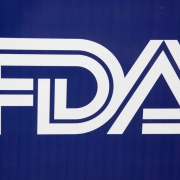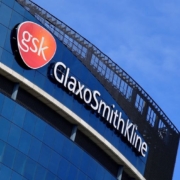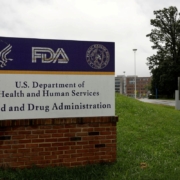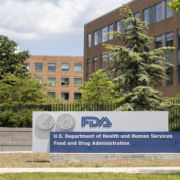Schizophrenia space anticipates first-in-class FDA approval for BMS’ KarXT
Schizophrenia space anticipates first-in-class FDA approval for BMS’ KarXT
Schizophrenia patients have not seen a drug with a novel mechanism of action in more than 30 years. That could change this week if the FDA signs off on Bristol Myers Squibb’s KarXT, which has an action date of Thursday, Sept. 26. If approved, KarXT would be the first muscarinic agonist for schizophrenia, tapping into a new biological pathway to quell symptoms of the psychiatric disease.
“I’m very optimistic and hopeful that [KarXT] will be a breakthrough medication,” Jeffrey Conn, professor emeritus of pharmacology at Vanderbilt University, told BioSpace.
Conn is the scientific co-founder of Karuna Therapeutics, which developed KarXT (xanomeline-trospium), but he stepped aside in 2016 to focus on next-generation muscarinic compounds at Vanderbilt. BMS picked up the drug in the December 2023 acquisition of Karuna. Since then, BMS has reported positive results from a third registrational study, showing that KarXT elicited significant and clinically meaningful improvement in symptom severity.
Schizophrenia is a complex condition. In addition to the classic so-called positive symptoms relating to psychosis, the neuropsychiatric disorder involves negative symptoms, including social withdrawal and lack of motivation, as well as cognitive symptoms, such as poor memory and low attention span. A recent study found the incidence of schizophrenia to be 2-3 times higher than previously thought, with more than 3.5 million people in the U.S. having been personally affected by it.
Since the 1960s, schizophrenia has been treated with antipsychotics, which work by blocking dopamine signaling across the brain. Dopamine is understood to play a central role in the pathophysiology of the disease. While effective in reducing hallucinations, these drugs “come with significant consequences when it comes to the safety profile,” Carlos Dortrait, SVP and general manager of U.S. immunology and neuroscience at BMS, told BioSpace, including sedation, movement disorders and hormonal changes.
KarXT’s approach is two-pronged: xanomeline targets the M1 and M4 muscarinic receptors, the activation of which has been shown to reduce schizophrenia symptoms, while trospium works to reduce the side effects, such as cardiovascular issues and increased production of saliva and tears, caused by activating this pathway. In addition, because muscarinic receptors are not expressed in key brain regions, patients avoid many of the side effects associated with the classic dopamine-based drugs, Dortrait explained. “You get the high levels of efficacy that you anticipated with the [antipsychotics] . . . however, you don’t get the consequence that comes with it.”
Based on the overall body of evidence backing KarXT, Graig Suvannevejh, senior biopharmaceuticals and biotechnology equity research analyst at Mizuho Americas, said there is “no doubt” in his mind that it will be approved, on time.










